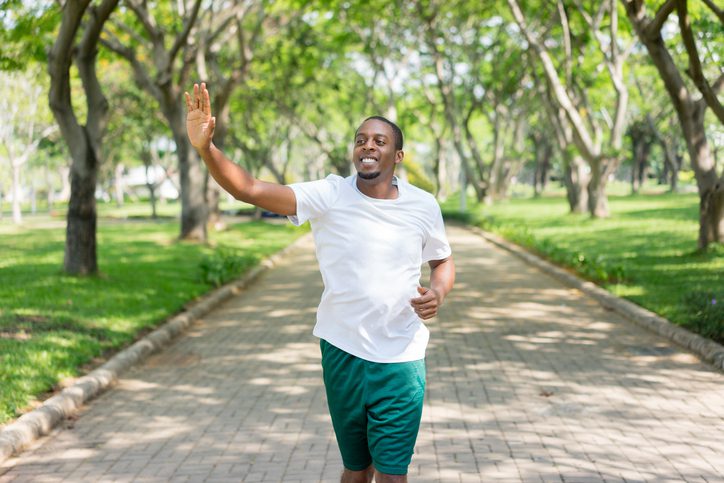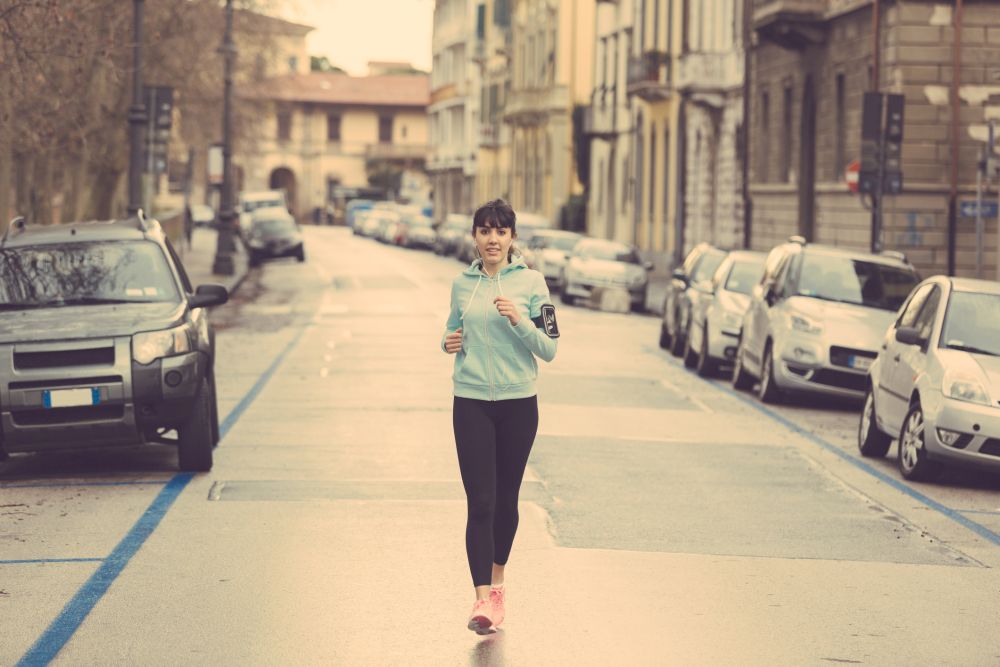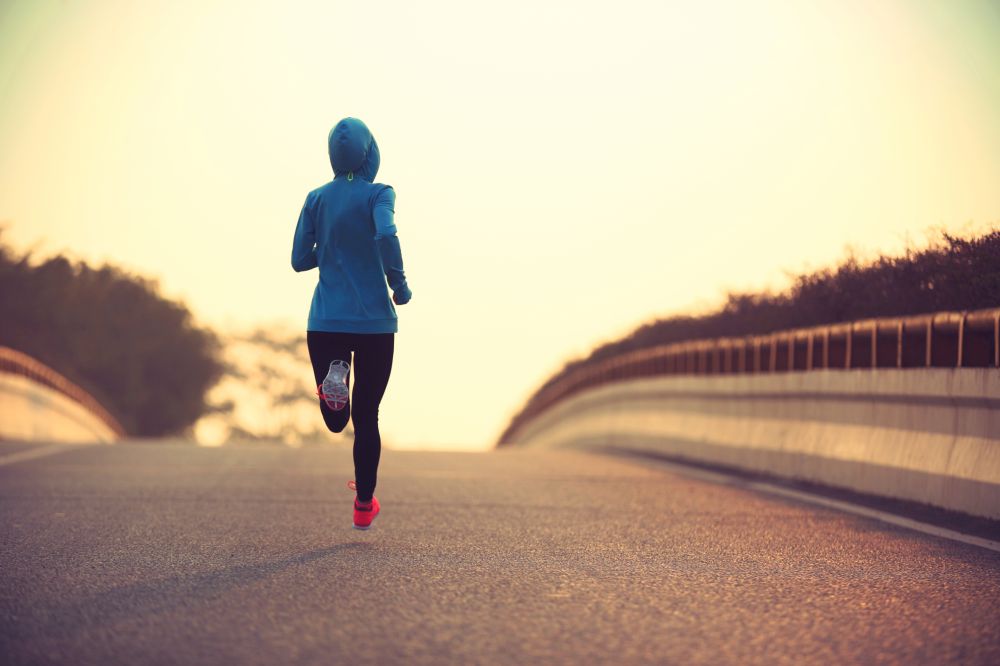What makes a city runnable? Canadian researchers find out
A team from Simon Fraser University in Burnaby, B.C., asked runners what makes a city a good place to run. Here are their answers

You’ve likely heard of a walkability rating, which measures a city’s safety and accessibility for pedestrians, but have you ever heard of a runnability score? In 2019, University of Toronto runner and urban studies student Alexandre (AJ) Bimm explored the idea of a run score, and now the idea is beginning to pick up steam. Recently, researchers from Simon Fraser University in Burnaby, B.C. assessed the environmental preferences and concerns of recreational runners to determine what makes a city more or less runnable.

RELATED: What to do: run the trails, track or the roads?
The researchers surveyed over 1,200 recreational runners, about 60 per cent identifying as women and 30 per cent identifying as men. Their goal was to investigate the type of built and natural environments road runners prefer, as well as the safety and health concerns that may affect runners’ choice of environment.
According to the respondents, the most important factors that made a city runnable were having access to green spaces and parks and having tree-lined running paths. The presence of public washrooms and water fountains en route were also important, as well as having access to public transit (although this was rated far less important than everything else).
Both men and women said having a continuous running path was important, but women felt it was more important for that path to be well-maintained and have adequate lighting. Men, on the other hand, indicated they preferred paths that were quiet and away from people and rated pedestrian safety features as having greater importance.
On the flip side, the majority of respondents rated animals, dangerous road conditions and distracted cyclists or pedestrians as their largest concerns while running. Not surprisingly, the fear of being assaulted was much greater among female respondents, which is likely why they tend to prefer paths with good lighting as opposed to quiet trails away from people.

The researchers note that their survey does not take into account the “convenience factor”, highlighting that many runners may be responding based on what is nearby, not what they would prefer if all options were accessible. “For example, respondents that said they never seek out a track may live far away from one, and consequently prefer (or just do not have the time) to seek one out,” the researchers added.
RELATED: Study finds that 28 per cent of runners started during the pandemic
Despite this, the information gathered from this study provides valuable information for public health officials and city planners alike. “As running continues to grow in popularity,” the researchers conclude, “it will be important to develop built environments that meet the unique preferences and concerns of runners of all ages and genders and encourage greater participation in the sport.”
For the full study, click here.


